In the event you’re trying to seize attractive panorama pictures–or attractive pictures of any variety, actually–it’s important to perceive main traces in images.
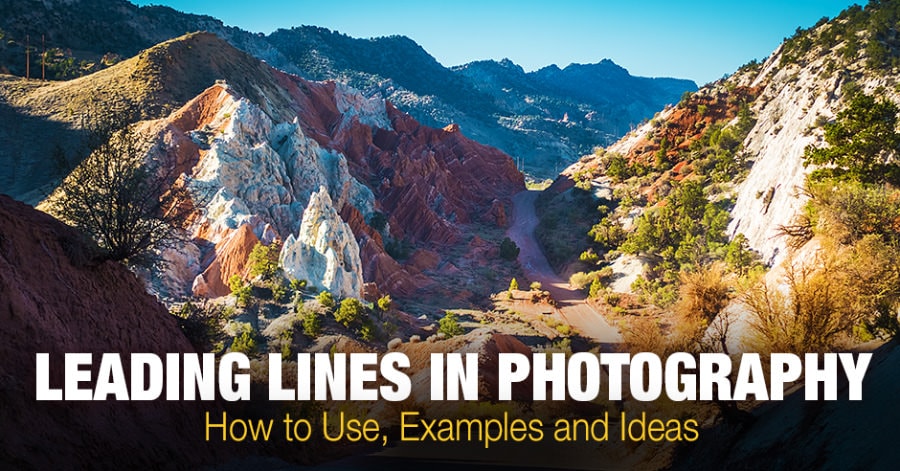
You see, main traces are a elementary factor of photographic composition. Panorama photographers, journey photographers, avenue photographers, and extra use main traces to nice impact.
So in the event you’re trying to enhance your personal pictures…
…you, too, should grasp main traces.
Thankfully, it’s not that tough. Main traces could also be vital, however they’re additionally quite simple.
Which is why, by the point you’ve completed this text, you’ll be a number one traces knowledgeable, able to together with main traces in your images at any time.
What Are Main Strains in Images?
In images, main traces are a compositional approach used to direct a viewer’s eyes towards the principle topic of a picture. The traces might be pure (rivers, streams), synthetic (roads, bridges), or imaginary, created by how the photographer has composed the picture. Through the use of main traces, photographers can create a way of depth, motion, and rigidity of their pictures.
Main traces seek advice from any traces that lead the attention into the scene, ideally taking the viewer from the sides of the body towards the principle topic.
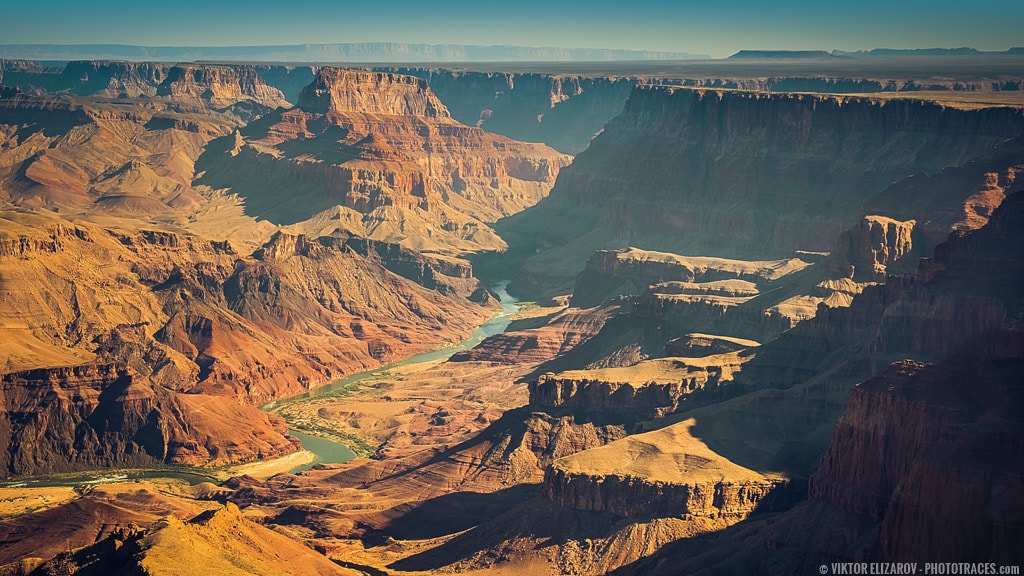

So your scene may need a river operating towards a mountain, through which case the river acts as a number one line, drawing the viewer up from the underside of the body and guiding them to the mountain.
Or your scene may need a fallen tree pointing towards the dawn, through which case the fallen tree acts as a number one line, pushing the viewer by the scene and to the golden solar.
Now, word that main traces might be just about something, so long as they’re traces and so long as they lead. So don’t really feel like sure parts are off limits; in the event that they’re traces that lead the viewer’s eye, then be at liberty to include them as main traces!
By the best way, you is likely to be questioning:
Why are main traces so useful? What’s so nice about them?
Nicely, photographers love main traces for 2 causes:
First, main traces assist set up visible move in a picture, transferring the viewer by the principle composition parts towards the topic of the picture (which is usually, however not at all times, within the background).
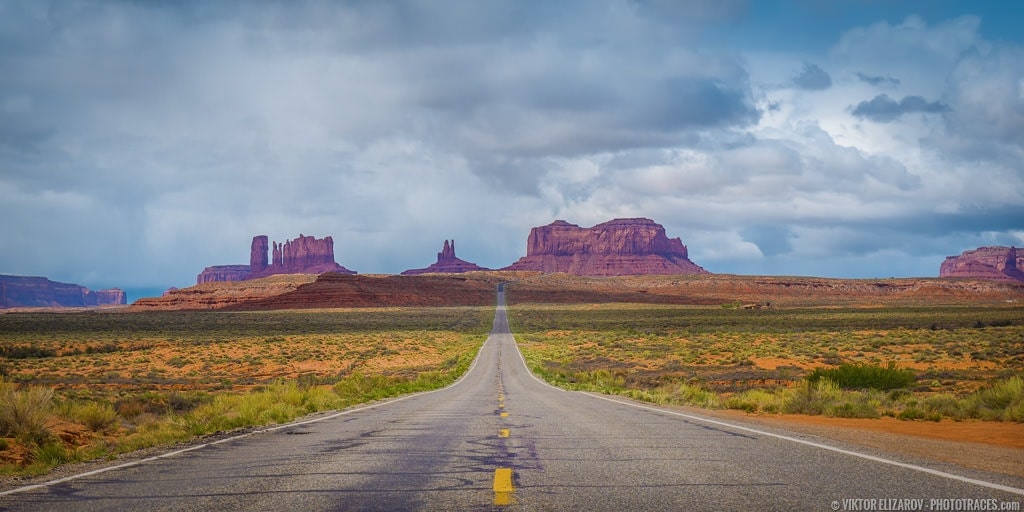

Second, main traces add the phantasm of depth to a photograph, making the viewer really feel like they may merely step into the scene.
How one can Discover Main Strains
Main traces are very highly effective–and so they’re fairly simple to seek out. In actual fact, you will discover them when taking pictures most topics, so long as you look laborious sufficient.
And bear in mind:
Main traces might be pure or synthetic, so be sure to search for each varieties.
Pure Main Strains
Listed below are some frequent pure main traces to search for in a scene:
- Rivers
- Streams
- Rows of timber
- Fallen logs
- Bent flowers
- Strains within the sand
- Pointed rocks
- Cracks within the floor
Synthetic Main Strains
And listed here are some frequent synthetic main traces to search for in a scene:
- Roads
- Rows of buildings
- Rows of posts
- Bricks
- Boardwalks
- Bridges
- Curbs
- Highway paint
Kinds of Main Strains in Images
Once you’re photographing a scene, it’s vital to do not forget that there are lots of sorts of main traces price incorporating.
As an illustration, you may have can use:
1. Horizontal Strains
These run throughout the picture horizontally, backward and forward. Horizons are a standard instance, as they lead the attention by the body towards the topic.
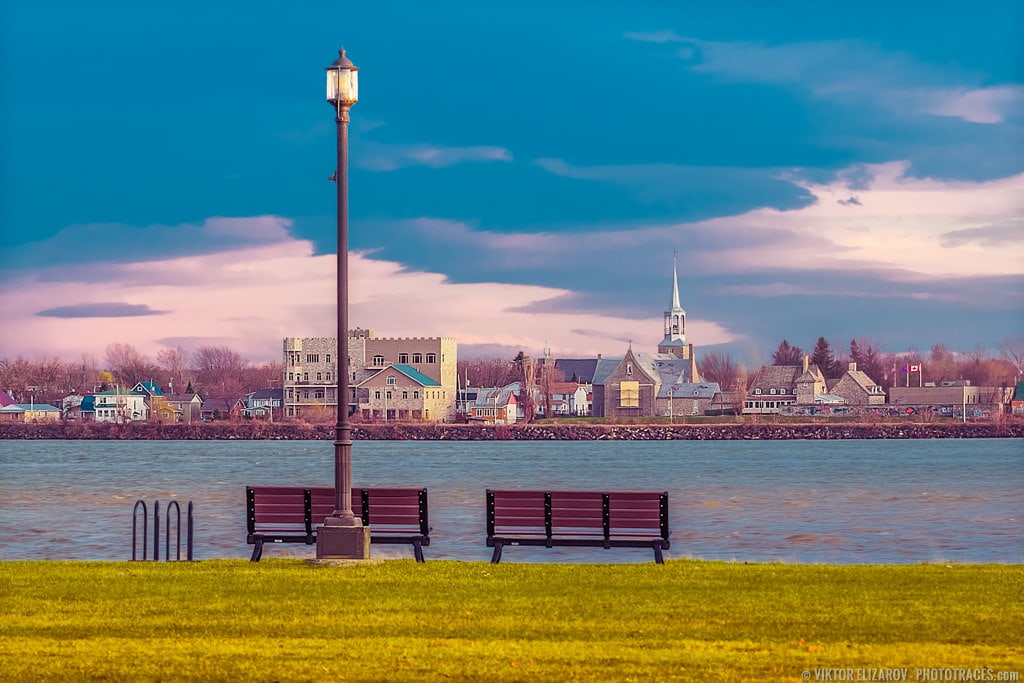

2. Vertical Strains
These run throughout the picture vertically, from backside to high. These are present in some “near-far” panorama compositions, and are a implausible method to create depth in a scene. Vertical traces information the viewer by the foreground and middleground all the best way to the background.
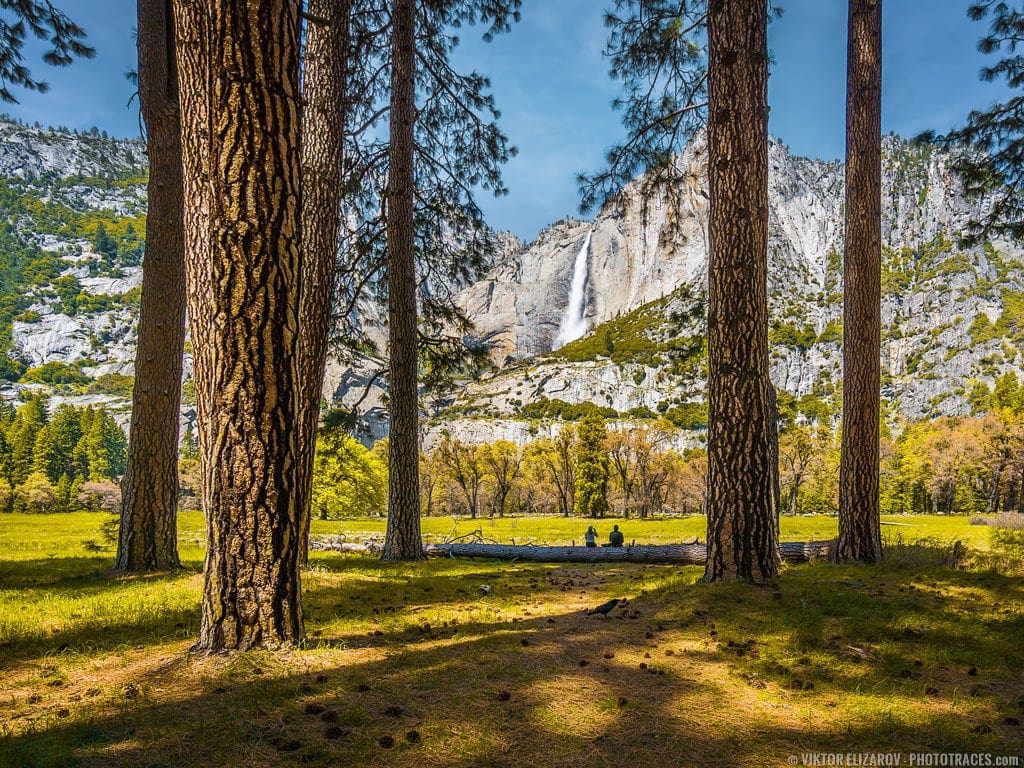

3. Diagonal Strains
These are compositionally much like vertical traces, besides that they have an inclination to really feel extra pure and dynamic. As with vertical traces, diagonal traces lead the attention from foreground to middleground to background, taking the viewer on a journey by the picture (typically towards a closing key space).


4. Curved Strains
Curved traces are merely main traces that curve all through the body. As an illustration, a river would possibly curve because it strikes towards the horizon line, and even the horizon line itself would possibly curve in the event you’re utilizing a fisheye lens. Curves add a component of slowness to your scene, as a result of it takes time for the viewer to navigate the curve and attain the endpoint.


5. Converging Strains
Converging traces can embrace any of the main traces listed above; they’re merely two or extra traces that transfer towards the identical level within the picture. Among the strongest panorama pictures embrace a number of traces converging on a primary topic, which directs the attention repeatedly towards that single level.
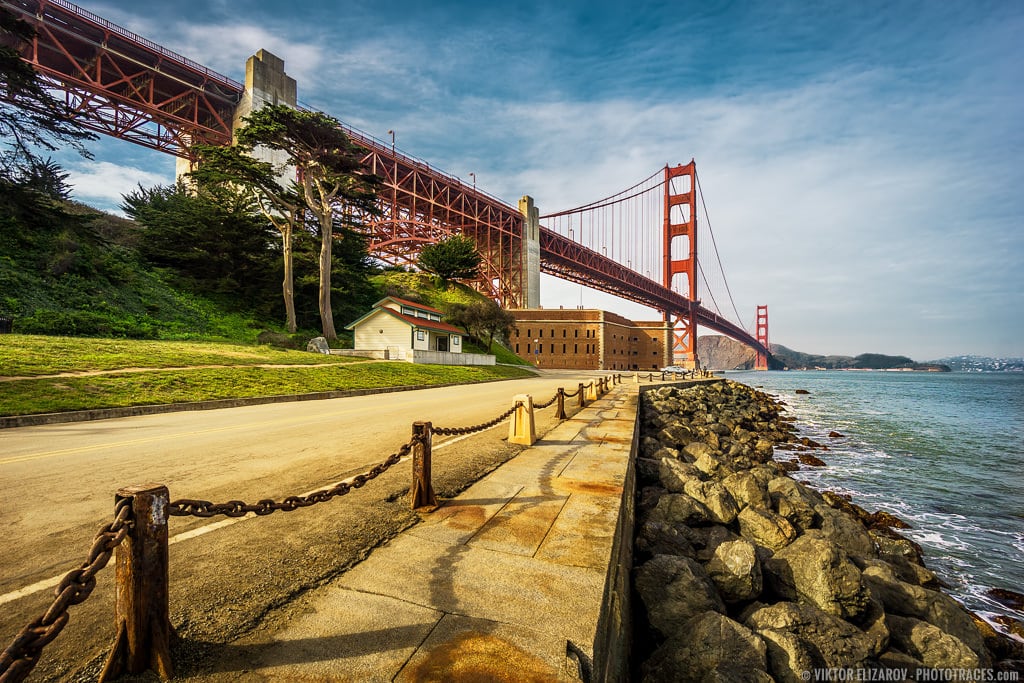

Ideas for Utilizing Main Strains in Panorama Images
In the event you’re trying to seize lovely panorama pictures, it typically pays to make use of 3 key guidelines of composition (suddenly!):
1. Golden Ratio
First, the golden ratio, which suggests positioning your topic and key parts off-center, particularly alongside gridlines which can be spaced out utilizing the golden ratio.
(Observe that that is a complicated model of the rule of thirds, which suggests photographers place key parts a 3rd of the best way into the body.)
2. Foreground, Middleground and Background
Second, the idea of foreground, middleground, and background, which acknowledges that beautiful pictures typically embrace key parts of the scene in all three of those areas. Observe that the inclusion of a robust foreground, a middleground, and a background is a simple approach so as to add depth to a scene.
3. Main Strains
Third, main traces, which is what this text is all about, and which it’s best to now be capable of simply embrace in your pictures.
Now, it’s vital to recollect it’s uncommon that these compositional parts hardly ever work in isolation. Collectively, they create depth, add curiosity, and unify the composition.
As an illustration, main traces assist unite the foreground, middleground, and background, whereas main traces plus a powerful foreground, middleground, and background are what assure three-dimensionality.
And by inserting traces alongside the golden ratio gridlines, you possibly can create attention-grabbing, balanced compositions that stun the viewer.
Make sense?
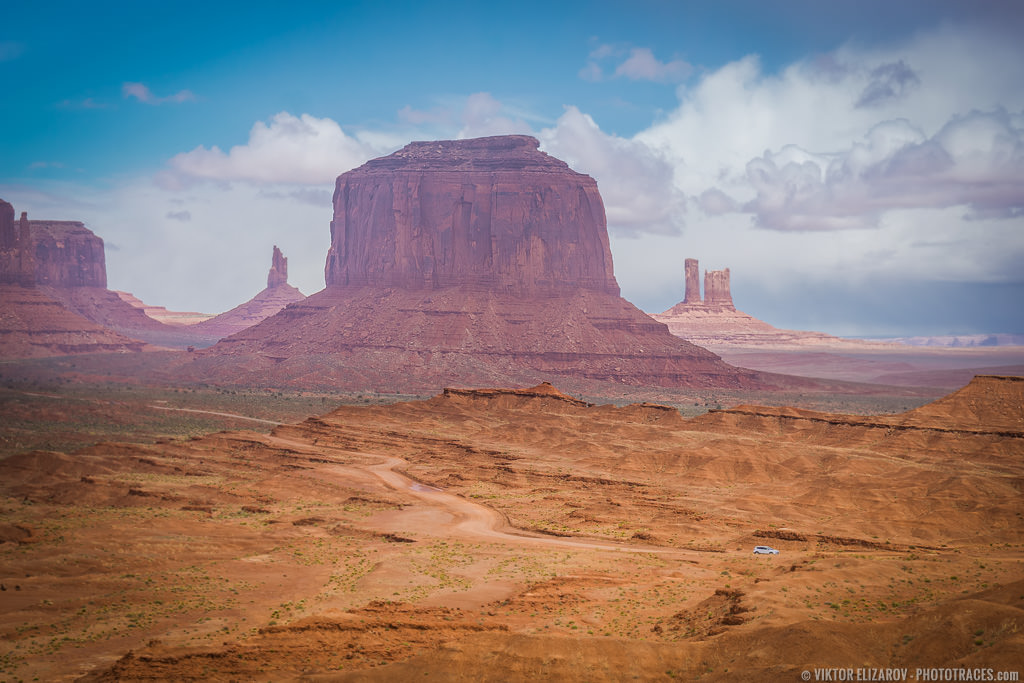

Main Strains in Images | Conclusion
Main traces in images are a key compositional factor–and including a number one line or two will immediately enhance your compositions.
So the following time you’re out along with your digicam, search for main traces. It could take a couple of moments, however you’ll discover one.
And also you’ll come away with a stunning picture!

